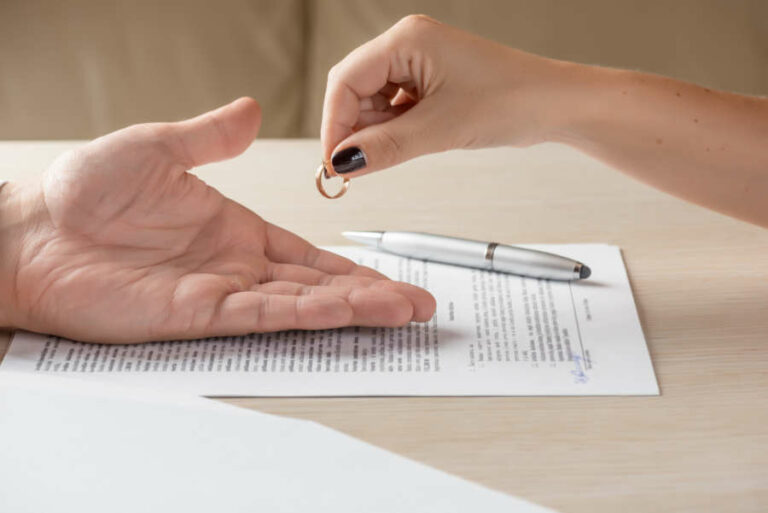Watch out for this tax refund scam
It’s scary how smart scammers have gotten in recent years.
They’re targeting tax accounts, using government systems to con you out of $100,000 or more!
Here’s how this works (and how to protect yourself).
How They Scam You
First, you get an official looking email or text from the “ATO” or from “myGov”.
You may even get a conference call request with law enforcement or your tax agent.
Either way, it seems the government wants you to click a link and/or provide some clarification.
This is how they first gain access to your myGov account.
They then change your bank account details, and claim hundreds of thousands of dollars worth of fraudulent tax refunds.
To the financial system, it looks like you tricked the ATO into paying you $100k. So now the ATO and police are coming after you.
And while you’re busy proving your innocence, the swindlers are using your stolen identity for more cons. You could end up with millions in debt within months.
The True Damage
Once they have your personal data …
- They can redirect your investments into their accounts
- They can steal your life savings and empty out your super.
- They can bill you fake invoices from your suppliers.
- They can create fake work orders and return receipts from your company to scam your vendors.
- They can create deepfakes of you to get money from the people you trust the most.
And when law enforcement finally arrives, all evidence points to you.
Think this would never happen to you?
Think again.
Australians lost $382 million to this scam last year, with the average myGov scam taking around $100K.
It may never happen to you. I hope it doesn’t. But if it did …
Can you imagine being a million in debt within 2 weeks? The stress and further cost of trying to prove your innocence to the police?
Your best bet? Avoid getting scammed in the first place.
Spot The Scam. Stop The Scam.
Scammers can’t get into your account unless you accidentally let them.
So they send you fake official-looking communications, pretending to be the ATO or myGov. 78.9% of these are emails, and 18.4% are text messages.
These messages usually ask you to click on a link to confirm your details, fix an issue in your account, claim a tax refund, or view an important message.
But beware— ALL these links lead to places that can steal your info. 75% lead to fake myGov sign-in pages that look just like the real one.
So how can you tell whether an email or text is legitimate or a scam?
Red Flags
Watch out for these red flags:
- The ATO, Centrelink, and myGov never use links or QR codes in their messages.
- They will never ask for your tax file number or myGov login details through social media.
- You won’t get pre-recorded messages or conference calls with your tax agent or law enforcement about tax debts.
- The ATO will never cancel your TFN and ask for a fee to fix it.
- They will never ask you to reconfirm your details.
What To Do If You Even Think You’ve Been Scammed
The ATO says People aged 25-34 are falling for personal information breaches most often.
Younger people (under 50) are more likely to fall for investment scams.
First thing’s first, act fast.
The scammers won’t stop with just the $100K you owe the ATO. They WILL keep squeezing for more.
Report the incident to the ATO right away at 1800 008 540.
Then start preparing all the evidence you can.
If this ever feels overwhelming, we’d be happy to help. We may be able to help you discover evidence that you’ve been scammed. And we can help you present and organise the evidence to the ATO.
If you’re ever unsure about tax matters, it’s always best to consult an expert. Get in touch for a free consultation.







